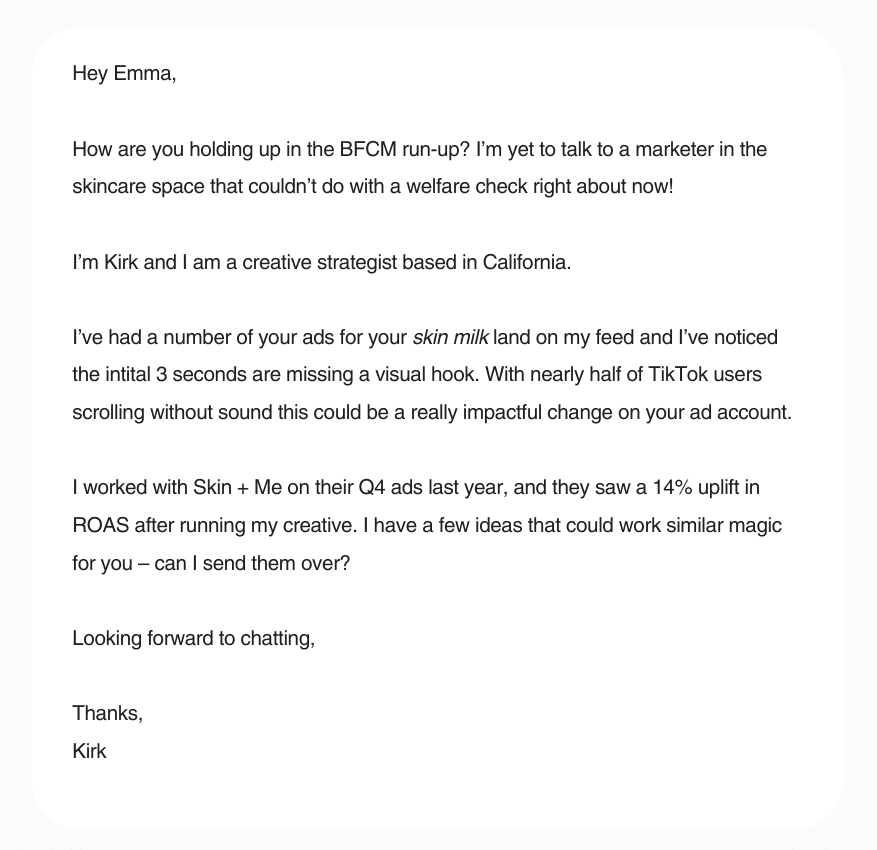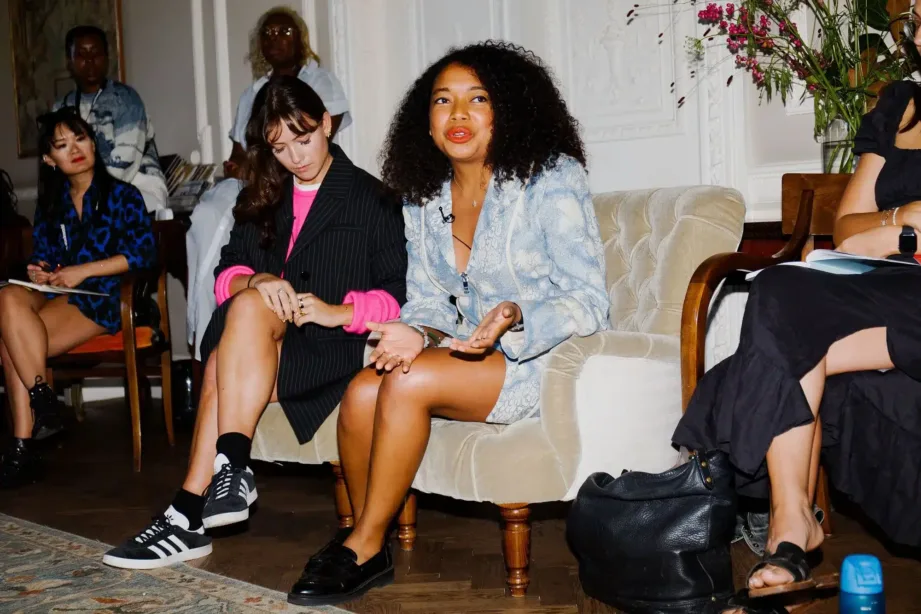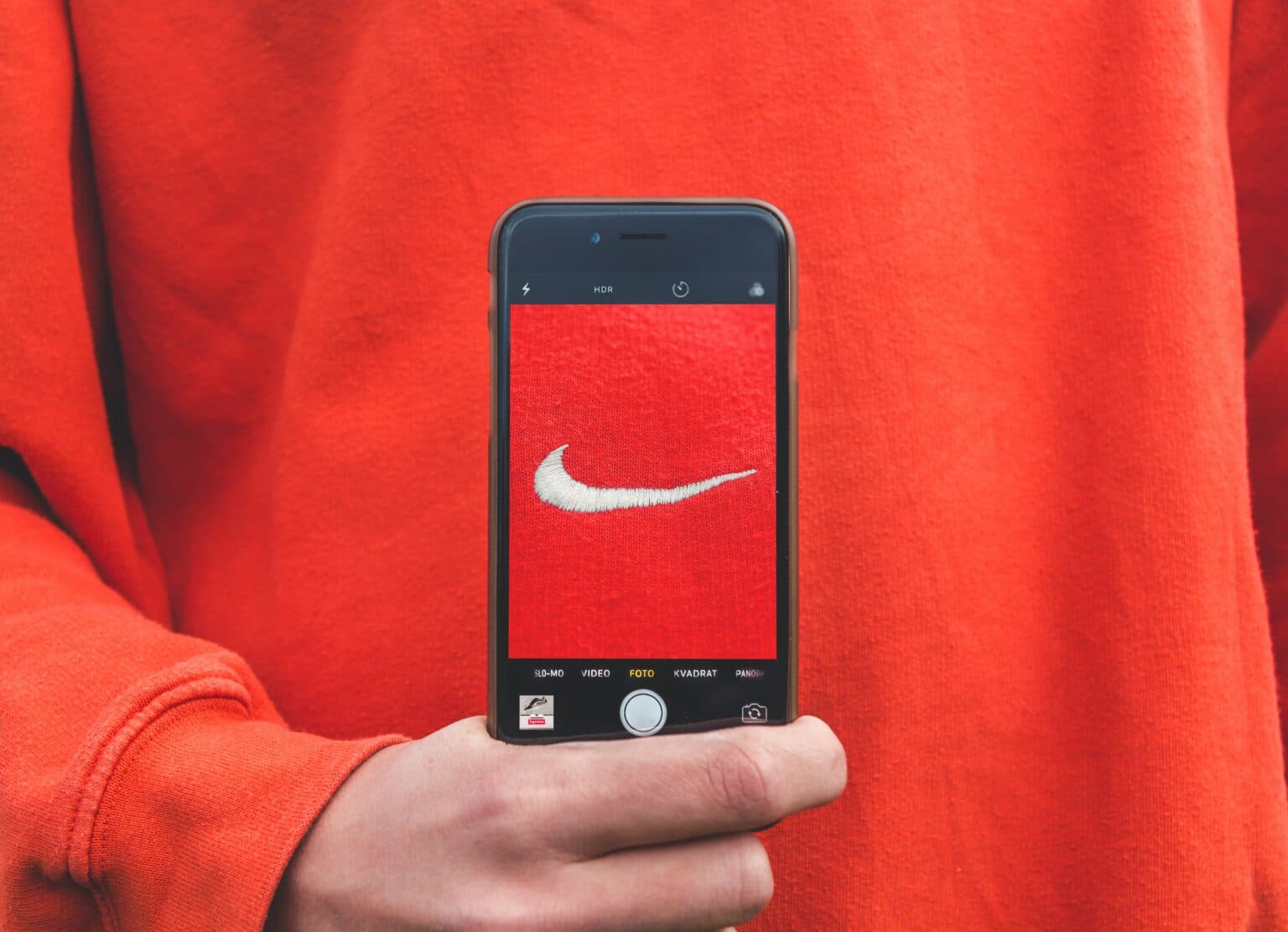UGC can be a lucrative career once you get going, but often, knowing how to become a UGC creator is a stumbling block many can’t get over.
#UGCcreator has 794.2K posts and more than1.2 billion views on TikTok, and it’s growing every day. But while creators are quick to share their how-to’s, these often found in the form of a downloadable PDF that will set you back $12.99 and not tell you much.
This guide is for the girls (and guys) who just want to be told how to make those first moves in the industry. We’ll explore the essential steps to creating your first piece of content and starting your UGC portfolio, to pitching brands and setting your rates.
Follow it to a tee, give it 6 months and I’ll guarantee you’ll be onto the big-time in no-time.
Ready? Let’s get started.

What Is UGC?
UGC, or ‘User Generated Content’ is a type of content creation that looks like it was created by a consumer (believe it or not). More often than not, it’s shot on mobile and has a raw, unpolished and authentic feel to it.
And it works: 86% of consumers think that UGC is the most authentic form of content. Because of this, a lot of brands rely on it for their marketing campaigns.
90% of consumers prefer to see brand content from real customers. But, instead of waiting for fans to post content organically, brands pay creators to generate UGC-style content that does the same job.
Which is where you come in.
You don’t need any followers. You don’t need a lot of equipment. What you do need is the know how, the creativity and the drive to just get the work done.
How To Become A UGC Creator
I can give you a step-by-step process to become a working content creator, but remember, this only works if you are willing to put in the time.
It’s not an overnight process, but it’s a hell of a lot quicker than becoming an influencer or climbing the corporate ladder, so it’s worth the effort. You’ll get in what you put in, so get ready to give it your all.
Here’s the 8 step process to get started as a UGC creator.
1. Learn How To Film UGC Videos
If you want to become a UGC content creator, you’re going to need to be able to create UGC content. Would you believe that this is the step that 95% of new UGC creators skip? Sure, you might be able to film a TikTok video and fling together an edit on CapCut, but will it convert? Contrary to popular belief, UGC content isn’t aesthetic. It’s not always flattering. But it sells.
How To Write A Script
First and foremost, you’re going to work on scripting your UGC ad. You can do this with the help of AI tools, but ultimately, you’re going to look to include:
Hooks: A hook is that aspect that grabs the viewer’s attention. Use intriguing visuals, compelling questions, or unexpected statements to pique curiosity and make them want to keep watching.
Pain Points: Identify the pain points or challenges your target audience faces and highlight them in your video. Clearly articulate the problem they’re experiencing, emphasizing the emotions and frustrations associated with it. This helps create a strong connection with the viewer, making them feel understood.
Solving a Problem: Once you’ve established the pain points, present your product or service as the solution. Demonstrate how it can effectively address the viewer’s needs and alleviate their pain points. Show how your product solves the problem better than any other alternative in the market.
How To Film UGC Videos
Then, we’re going to film our first UGC video. If I were you, I would work on replicating what’s been done before (and worked well). You can find this in the TikTok ad library.
Remember to film in 1080HD & 60FPS: Adjust this in your phone’s settings > camera > record video. Ensure HDR (High Dynamic Range) is turned off. This is a feature that can make your UGC look overexposed.
2. Create A UGC Portfolio
A UGC portfolio is essential for creators looking to secure paid brand collaborations. The portfolio allows you to demonstrate your skills and your worth to the brand.
Without a portfolio, you’re arguably just a customer to these brands – creating social content for them organically. Learn the craft, create a portfolio, and you move into a different space entirely.
Luckily, creating a UGC portfolio isn’t nearly as hard as you might think. You can create a UGC portfolio for free on Canva. You need little to no design skills to pull together something that looks pretty funky.
For beginners, it’s the most accessible way to create a UGC portfolio to share with brands.
3. Set Up Your Profiles
Social media can be a godsend when trying to build a personal brand as UGC creator. You don’t need to have a presence on every single one, but consider where you could show up every day.
TikTok and Instagram: A creative showcase. There are a lot of creators who have built successful 5-6 figure UGC businesses and personal brands by posting content that resonates with the prospective client.
Twitter: Some creators swear by Twitter, saying that’s how they were able to get their UGC business off the ground when they first started. Twitter is notorious for low offers from the ‘marketing bro’ type, so just prepare yourself for that just in case. That said, Twitter will be your best way to tap into the UGC community for support along the way.
Linkedin: This is your sign to make a Linkedin profile if you haven’t already! Contrary to popular belief, you don’t have to be actively posting to secure a client because of the SEO feature. There’s also a “job” section where you can apply to freelance and full-time opportunities.

4. Join UGC Platforms
UGC platforms are online platforms or marketplaces dedicated to connecting UGC creators with brands. These platforms provide a space where brands can discover UGC creators, review their work, and engage in collaborations.
It’s a mixed bag, with some better than others, but these are worth signing up to and checking as part of your daily routine.
Some of the top UGC platforms include:
Clip is a service based in the UK that also operates in Australia and the USA. The service compensates creators per video, plus free products. Creators can earn additional income through add-ons such as subtitles, music, and video variations, as well as a tip jar.
Brand Meets Creators is a no bells and whistles email list that sends brand deals sent directly to your inbox. Not to sugar coat it, it can be competitive as hell, but you’re talking 15-20 potential deals that land in your inbox at 8am on a Thursday morning.
#paid was one of the first platforms to target campaigns for different sections of the sales funnel. To apply for a brand campaign, you’ll “raise” their hand to indicate interest. You’ll then write a message describing why you’re a good fit for a job, and what your approach would be.
Insense is an app — don’t worry, it’s reputable — that is partnered with all of the big social media players. Once in, you’ll be able to apply to various jobs on the explore page.
Collabstr is a great place to start when you want to dip your toe in the water of paid collaborations. Think of it as Tinder, but for UGC creators jobs.
Freelancer platforms have also emerged as valuable hubs for creators to get their first jobs. Platforms such as Fiverr and UpWork tend to offer pittance as payment, but as a new creator, they can offer a great way to just get over that hurdle of finding your first paying client.
5. Pitch To Brands
When we’re talking about a UGC pitch we’re talking about the email sent to decision makers to pitch your services as a UGC creator.
It’s short, sweet and to the point.
An example pitch might look like:

6. Set Your Rates
If you’re looking to set your rates as a UGC creator, you can use the below as basic guidelines to start with.
You’ll quickly work out what brands are willing to pay you as a creator and what you’re comfortable charging, so you can adjust these as needed.
Rates are there to be negotiated, don’t be shy in fighting for what you’re worth, but also remember that there is no shame in dropping your rates if you need the job or your building experience. Everyone starts somewhere.

7. Create A Contract
If you’ve managed to negotiate a rate that you’re happy with and you’re on the same page as the brand when it comes to deliverables, it’s time to get that in writing.
Having a solid UGC contract is key to protecting your rights and ensuring that you get paid fairly. However, knowing what to include in a UGC creator contract can feel like a minefield, and professional contract templates can often break the bank.
Thankfully, there are a number of free UGC contract templates out there for creators.
8. Get Paid
Ok, so you’ve gone through 7 of the 8 steps to becoming a UGC creator. You’ve delivered your first paid for content, and you’re patiently waiting to watch the $$$ roll in. Kerching! Assuming you sent the invoice…
To put it bluntly, no invoice, no payment.
You can use platforms such as Bonsai or Honeybooks for an automated system at a small cost, or you can create your own and send via email.
Presenting a clear and concise invoice not only helps avoid payment delays, but also establishes a strong basis for future partnerships.
Ready To Become A UGC Creator?
Don’t let TikTok fool you. Becoming a UGC creator isn’t an overnight success, as much as that would be great. It can be a challenging journey and one that takes time, but if you can overcome the initial hurdles you can build a life you love.
This guide was created for those who crave a straightforward, step-by-step process to dive into this thriving industry. Commit to these steps, dedicate six months, and get ready to make bank. Let’s kickstart your UGC creator adventure today.











